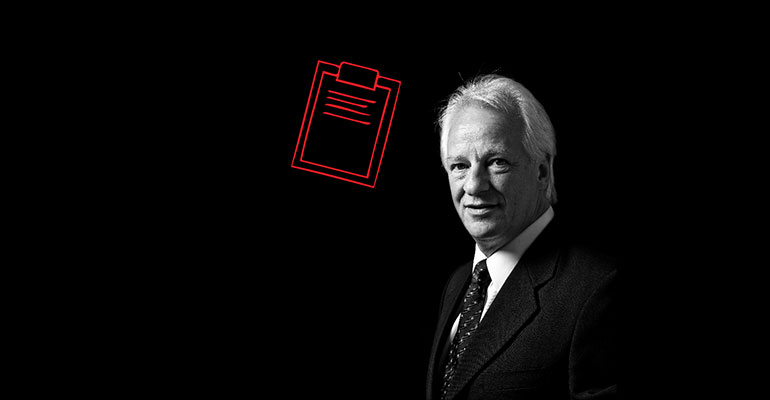Time and time again, IT is challenged to provide critical services for organisations. These services include effective disaster recovery, data back up, restoration and operational management services, to name a few.
Traditional on-premise data centres are capable of performing these services. With the rise of cloud, however, issues with the traditional data centre model have become more prominent.
1. Coping with data explosion
Data is growing at an exponential rate. IDC predicts that by 2020, data objects will grow 67 times, and data will grow 44 times. Most businesses see continued data growth with each passing day, and struggle to keep up.
Traditional data centres were not built with growth in mind and were mostly bought to match an organisation’s requirement at a certain point in time. Gartner notes that many data centre managers make the mistake of basing their estimates on what they already have and extrapolating out future needs according to historical growth patterns.
With extreme data growth rates, back up and restoration windows grow too long. This eventually leads to broken infrastructure and missed SLAs, which results in the need for further back up and DR infrastructures.
2. Forklift upgrades
As organisations struggle to keep up with their data, they tend to choose a quick fix – adding another storage platform. This option may be quick but on closer examination, it is a sub-optimal solution to manage data explosion.
Adding another storage platform means you add another layer of infrastructure, with a different type of data storage method. Essentially, instead of having one point of storage and one method, you have two of everything. This results in increased management points and further complexity
3. Expensive add-ons
Traditional data centres were typically bought based on historical consumption needs, and generally do not scale efficiently. Data growth means the organisation will need to buy more compute power, storage platforms and servers, which, including the initial data centre investment, becomes even more expensive.
Additionally, organisations will need to employ more staff or ensure existing staff devote more time to managing the different methods and management points. Either through time or money, an organisation spends significant resources through this option.
4. Reactive vs. proactive IT
With this continued data growth come complexity in the form of additional management points and changes in infrastructure. It is therefore not uncommon for IT to spend most too much of their time navigating these complexities.
Through our work, we’ve found that IT departments typically spend 70% of their time managing incoming issues, or ‘keeping the lights on’, and only 30% on innovation. Gartner has also found that 80% - 90% of a typical company’s IT budget goes into ‘business as usual’, leaving only 10 – 20% to focus on work that directly contributes to achieving the business’ goals.
The Logicalis Virtual Private Data Centre (LVPDC) harnesses the cloud to host a data centre that eliminates these traditional challenges.
• The Logicalis VPDC is essentially Infrastructure-as-a-Service (IaaS). It scales efficiently, allowing businesses the agility to cope with data explosion. This takes away the complexities of scale, therefore making growth simple to manage.
• With cloud, you are generally creating a converged data centre, which run on less cables and can scale more linearly than a traditional data centre. Our LVPDC allows organisations to select the services needed from a pick-list, allowing them to scale according to their requirements. This removes the ineffectiveness of "forklift upgrades".
• Cloud solutions enable smarter storage and smarter IT. The LVPDC leverages this, managing storage, data duplication, compression, back up and restoration more efficiently, and at a fraction of the cost of a traditional data centre. Through lower unit cost and less time, cloud delivers a more cost effective option to manage the rapid growth in data.
• Business Continuity Planning (BCP) is essential for businesses to ensure their data is protected and their business can run in unexpected circumstances. The LVPDC comes with integrated DR so that you can essentially insure your data. And with the data centre managed externally, IT is relieved of the daily burden to ‘keep the lights on’ and can rest assured that the data is protected. This will enable IT to focus more on innovative projects that will have a direct result on the business’ success.
• Despite the fact that cloud eliminates many traditional data centre issues, some organisations are still hesitant to make the move. This may be due to compliance, data sovereignty or latency issues. Logicalis has all data centre infrastructure hosted within Australia in Tier 3+ facilities to ensure your business’ critical data is safely stored. This is backed by ISO20000 accredited support and management processes.
Forbes puts it best in their statement, “business need fresh thinking about the architecture of tomorrow because merely rehabbing or adding on to the existing plan will simply not meet the wildly different and more-demanding requirements of tomorrow”. Cloud computing essentially presents a new opportunity for businesses to cope with tomorrow’s data explosion complexities.



